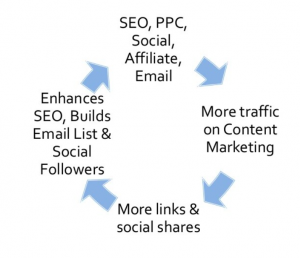
In the past I provided some good agile coach tips in my post, What makes an Agile Coach Effective. I talked about how agile coaches won’t succeed if people aren’t ready or able to take in the coaching and how coaches fail when they tell people what they should do.
I wrote it out of my own shortcomings as an Agile coach and my recognition that I am still very much a work in progress.
I continue to practice and hopefully evolve as a coach. I make mistakes and I try to learn from them. One of the key things that I am reminded about is to pay close attention to the words I use and the things that I say.
Mind Your Words as an Agile Coach
Inappropriate humor has been the bane of my professional experience. Geez, you’d think I would have learned it back in 1989 when I cracked an ill-conceived joke about my then officemate and her head nearly exploded.
And as recently as this year in an offhand comment to one of the Scrum Masters I was coaching. My comment, which sounded like a joke, caused him to shut down and shut me out.
I know about poor comments and inappropriate humor. I’ve been working on improving my language and my emotional intelligence for years and was transparent about my efforts in my book, Emotional Intelligence for Project Managers. Self-mastery is important now, more than ever.
You see as coaches, we need to pay really close attention to our words. That may be self-evident to you. I am still trying to master all that Lyssa Adkins has shared in her wonderful book, Coaching Agile Teams.
In it, she shares a quote from Susan Scott’s book Fierce Conversations that I found very useful – take responsibility for your emotional wake:
For a Leader, there is no trivial comment. Something you don’t remember saying may have had a devastating impact on someone who looked to you for guidance and approval.
And that is exactly what I had to learn again. My comment from this most recent incident had a devastating impact on the person I was coaching. He shut out any further coaching because he felt he could not trust me. Nothing else I said was going to matter. He didn’t even hear it.
Good Language for Agile and Scrum Coaches
Adkins reminds us of the need to watch for violence in our communications and provides a checklist for us to use to gauge our own coaching conversations.
I’ve simplified and paraphrased her list of 10 down to these 5:
1. Do you practice mindfulness routines each day to prepare yourself before you engage with others?
2. Do you remember that all human beings have the same universal hunger and needs, and do you check your intention in others getting their needs met before each conversation?
3. Do you ask people for what you want from them in positive ways, as a request rather than a demand?
4. Do you pay attention to the other person’s emotions and needs before agreeing or disagreeing with their opinion?
5. If you are feeling upset or critical of others, do you think about what need of yours is not being met, and what you could do to meet it?
In addition to daily mindfulness practices, I think the most important thing that I can do is to practice saying less and listening more. I could listen a lot more! In fact, Susan Scott says we can let silence do the heavy lifting:
When there is simply a whole lot of talking going on, conversations can be so empty of meaning they crackle. Memorable conversations include breathing space. Slow down the conversation, so that insight can occur in the space between the words and you can discover what the conversation really wants and needs to be about.
Great insights from Lyssa Adkins and Susan Scott. What do you think?
This article originally appeared here and has been republished with permission
Business & Finance Articles on Business 2 Community
(62)





